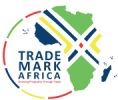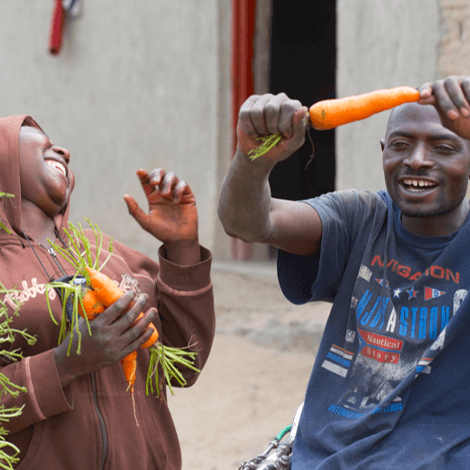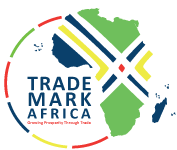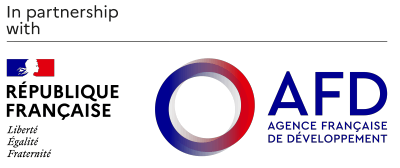Project analysts have asked the government to allocate money and set timelines on its plan to build industrial parks along the standard gauge railway (SGR) corridor. Financial consultancy PricewaterhouseCoopers (PwC) says the faster such projects gets off the ground the sooner they can add to the overall economic performance. “Despite this being a progressive initiative on the government’s part, it was conspicuously notable that the plans to develop the parks do not provide for specific incentives. “Another obvious gap is on the approach the government will take to finance these parks and the timelines when the parks become a reality on the ground,” PwC analysts say in their post budget review. Queries have of late arisen over the economic viability of SGR, being constructed at a cost of Sh327 billion financed by a Chinese loan, after key landlocked states indicated intention to connect to Indian Ocean through Tanzania. In his Budget statement, Treasury secretary Henry Rotich said the government plans to establish green industrial parks under the special economic zones along the SGR line from Mombasa to western Kenya. The government says the construction of SGR to Nairobi is already 80 per cent complete ahead of its launch in June 2017. “With the completion of the new rail, there will be developments of industrial parks along the SGR line at Dongo Kundu in Mombasa, Voi, Mtito Andei, Nairobi and Naivasha which will help boost our manufacturing sector and its contribution to GDP and help create jobs for our Youth,” he...
Project analysts push for SGR hubs funding
Posted on: June 15, 2016
Posted on: June 15, 2016















